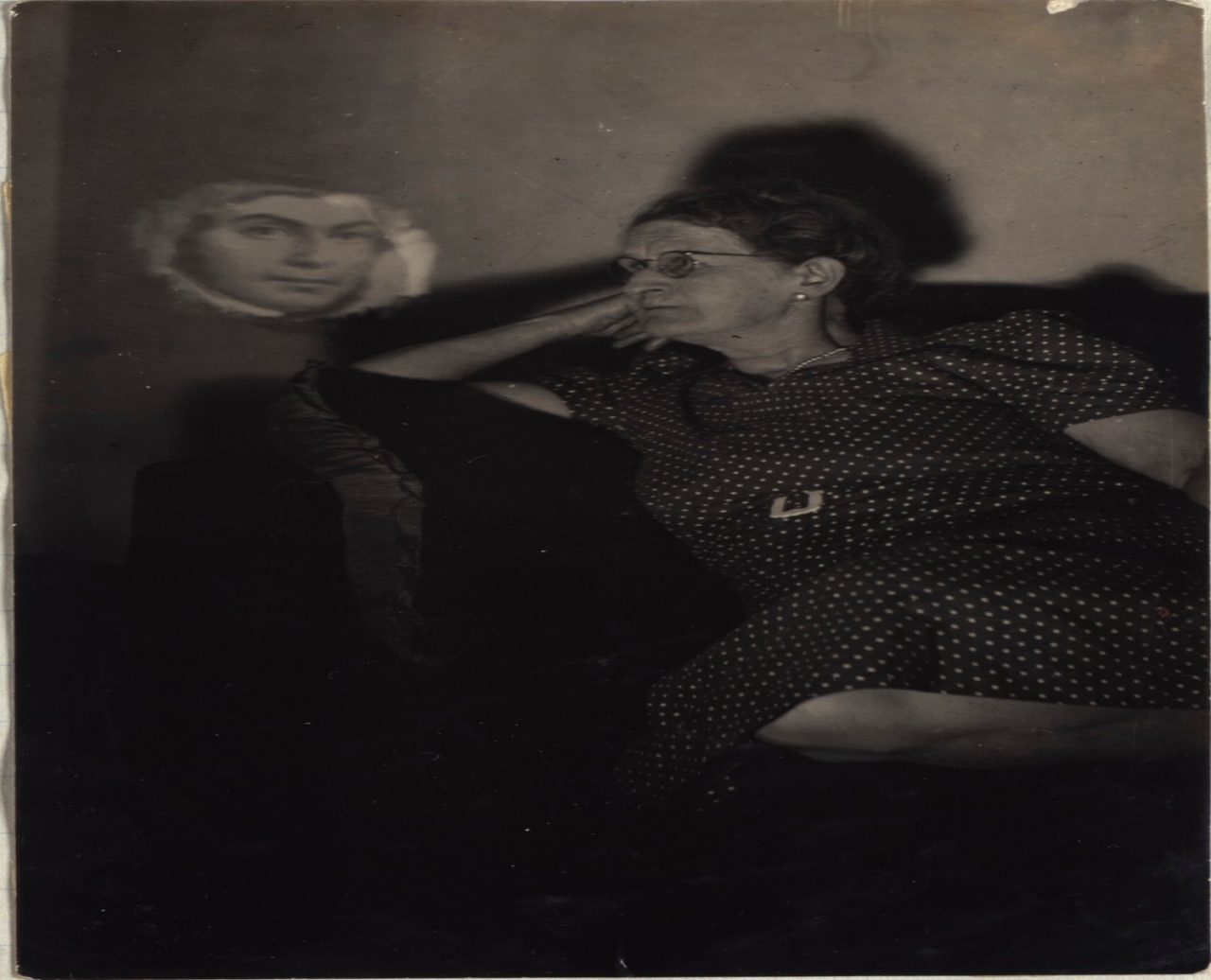This digital exhibition investigates the Psychic Research Society of Christchurch, founded by Edgar Lovell-Smith, which attempted to investigate the truth of Spiritualist claims. The group was active in the 1930s and ‘40s, before mysteriously disappearing at the end of the decade. Working through the Scrapbook of the Psychic Research Society, together with other séance records, an attempt is made to reconstruct the world of Christchurch Spiritualism, a fledgling discipline at the time, on the border between the empirical and extraordinary.

Southern Spirits
This digital exhibition investigates the Psychic Research Society of Christchurch, founded by Edgar Lovell-Smith, which attempted to investigate the truth of Spiritualist claims. The group was active in the 1930s and ‘40s, before mysteriously disappearing at the end of the decade. Check out the Southern Spirits exhibition.
We do not investigate whether the paranormal phenomena were true or false – such a judgement is left to those who read. Rather, the aim is to reconstruct the culture of Spiritualism, a combination of religious disaffection, pseudoscience and wartime death, which made Spiritualism a rising force in New Zealand between the 1920s and 1950s. Never completely mainstream, Spiritualism did succeed in unsettling the academic and religious networks of New Zealand society, while the Spiritualists themselves were confident that a new age of enlightenment and spiritual contentment was about to dawn. Amidst this discourse emerged Edgar Lovell-Smith, Violet Barker, Lily Hope and an array of other enthusiasts, attempting to gauge Spiritualist belief and practice by empirical means.

What is Spiritualism?
Contacting the dead has been a long, persistent undercurrent in Western culture, from Renaissance legends of black magic and necromancy to mystical visions of paradise. Biblical bans on the occult notwithstanding, it was during the Enlightenment that a belief hitherto considered superstition surfaced. Emanuel Swedenborg, a Swedish minister who later emigrated to Britain in the 1780s, developed the idea that the souls of the dead were placed in a series of heavenly spheres which could be contacted. By the nineteenth century, Swedenborgianism had spawned less structured ‘contacts’ with the dead in Britain and America, beginning with the Fox sisters in Upstate New York in the 1850s, and spreading out to parlours across the Anglosphere.
In the quest for alternative spirituality shaken loose from traditional religion, Spiritualism had fellow travellers. Theosophy, a blend of Tibetan Buddhism and Hellenistic Hermeticism, was developed by the Russian adventuress Madame Blavatsky in the United States, and had small but concentrated followings worldwide in the late nineteenth and early twentieth centuries. Hermeticism, following a minor pursuit in Renaissance Europe, spawned a number of secret ‘lodges’, where Late Antique mysticism was imbibed. It would be a mistake to see these systems as dominant in their era; scientific rationalism and Christian orthodoxy both took a dim view of these beliefs, and constantly warned against them. Nonetheless, this small flowering offers a unique episode in the history of Western culture. Beginning in the fin de siècle, it intensified as world war, cultural crisis and economic depression took hold. Alternative beliefs could have powerful echoes, deep in the South Pacific.
So come with us, into the hidden world of Spiritualist Christchurch. Under the red light of the séance room, meet aristocratic outlaws, a former Prime Minister and pioneering feminist, believers and sceptics. Meet the researchers who, in their attempt to be scientific, immersed themselves in the world of spirit photography, materialisations, ectoplasm, and a foolproof psychic cure for bed-wetting. And if all this sounds strange, then be prepared for more…